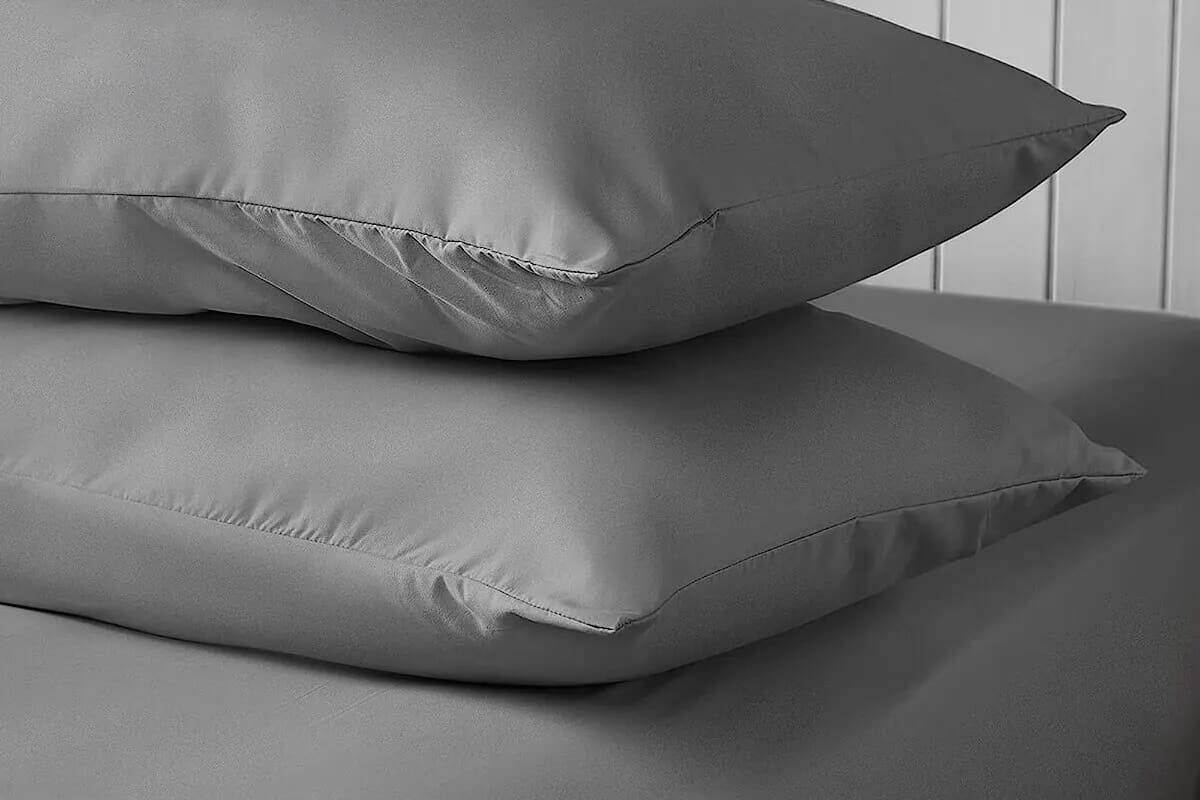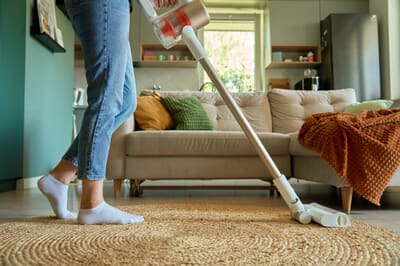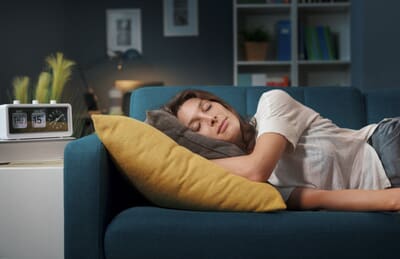Whether you prefer to put your head down with one, two, or possibly even three pillows, it’s safe to say that having a comfortable cushion beneath your head is absolutely essential for a good night’s sleep.
For most of us, two pillows tend to be the norm, but there is more and more research coming to light that suggests such additional levels of head comfort during the night might not be as good for us as we think.
But how true is this? Is sleeping with two pillows bad for your neck? Is it better to sleep with one or two pillows continually or can you mix it up a bit? Just how many pillows should you sleep on to avoid waking up with a stiff back?
Read on to learn more about the science behind proper pillow support, and why even two pillows might be one pillow too many!
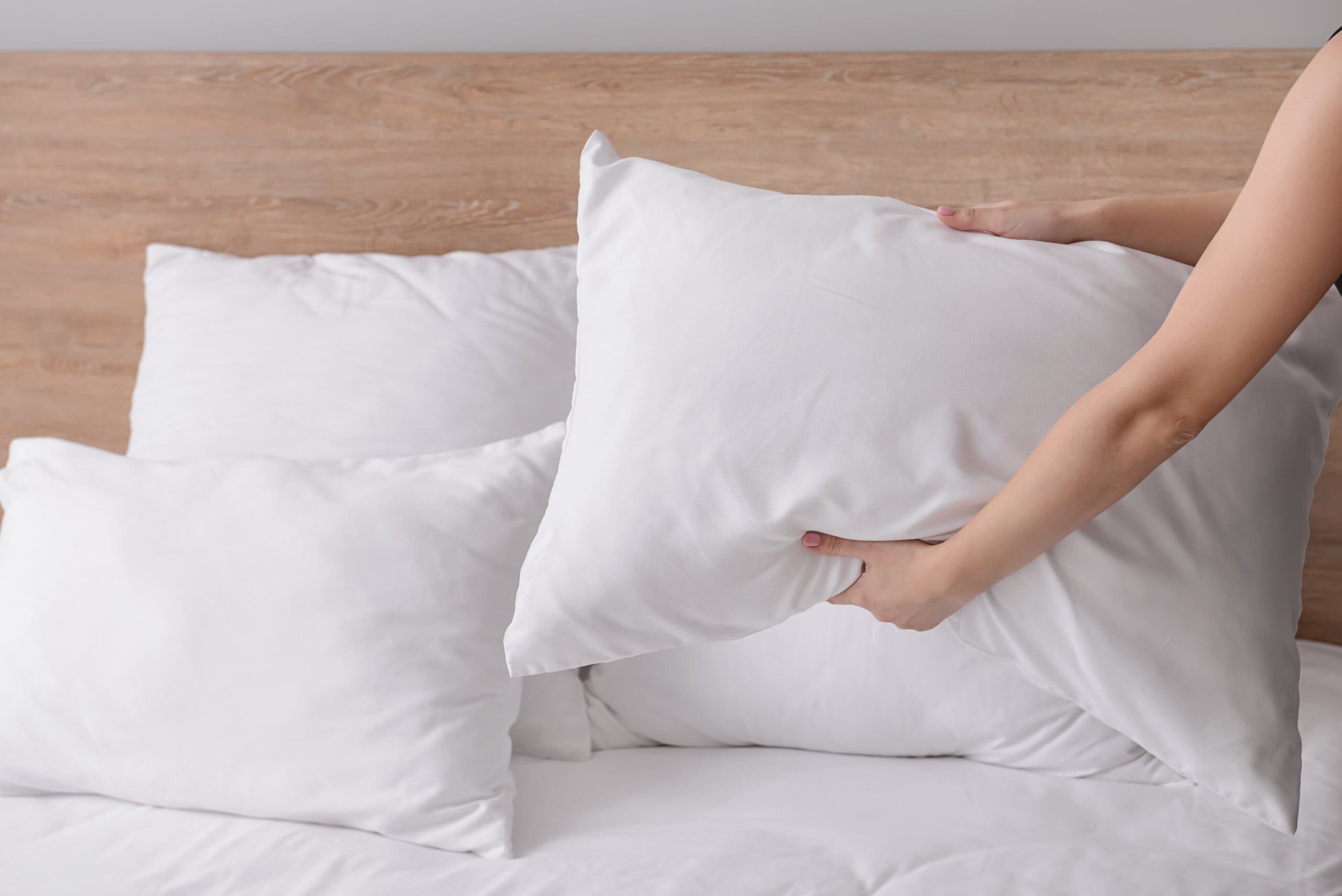
How many pillows should you sleep on?
In spite of the fact that many of us consider two pillows essential for getting comfy in bed, (and they certainly help when lounging back with a book in hand on a lazy weekend morning), new research suggests that most of us only really need one pillow beneath our head when going to bed.
Why you might ask? Well, the reason is quite simple. The purpose of a pillow is designed to raise your head slightly off your mattress so that your head and neck are aligned with your spine for maximum comfort..
Thus, too many pillows can cause this alignment to become an over-alignment, resulting in poor-quality sleep or aches and pains when you wake up in the morning. This in turn can impact your overall health and well-being.
Does how you sleep affect how many pillows you should use?
So, it’s clear that getting your pillow right is just as important as choosing the right mattress, but does your preferred sleeping position have any impact on the number of pillows you should be resting on?
How many pillows should side sleepers use?
If you're a side sleeper, then we have exciting news for you! You get to use two pillows, but the catch is that they're not both for your head.
The best way to align your spine when sleeping on your side is to have one pillow under your head and one between your knees. This is because the leg you place on top can pull on your spine, leading to stress on your lower back and hips.
However, a firm pillow between your knees can keep them from touching, minimising this tug. As for your head, a medium-firm pillow is perfect for stopping your head from dipping too low into the cushioning.
How many pillows should back sleepers use?
For back sleepers, when it comes to the decision of one pillow or two, it’s best to stick with just the one to prevent your head from rising too high up and putting strain on your vertebrae.
But much like side sleepers, you could try sleeping with a soft pillow under your knees as well as your head. Again, having the two pillows positioned this way keeps your spine in its natural curvature. And, perhaps more interestingly, raising your knees slightly when sleeping on your back has also been proven to help people fall asleep quicker!
How many pillows should front sleepers use?
Even though it might be comfortable for some, sleeping on your stomach has been universally dubbed as the worst position for sleeping in. This is because lying flat on your stomach puts high stress on the back of the spine, pulling it out of position.
If you can, try to avoid sleeping this way where possible, but if it's the only way you can get to bed, you’ll definitely want to place a medium pillow under your pelvis area. This keeps your spine in the best alignment it can be in this position.
But what about your main pillow? Well, ideally, you should try not to have a pillow under your head, but if you need one, make sure it's a soft, relatively flat pillow, as keeping your head as low as possible will help to align your spine correctly.
Is it better to sleep without a pillow?
For those out there doing their pillow research, you may have heard that the best way to sleep is actually without any pillow at all, but a variety of reliable studies have shown that this simply isn’t true.
Pillows are a must to keep your head and neck supported, and in some cases, you might actually find that you get a worse night’s sleep with no pillow compared to if you’d slept on two.
What is an adjustable pillow?
Modern sleep innovations mean you can now purchase adjustable pillows to suit your very specific sleep needs. Whether it's layers within the pillow that can be removed or added, or even foam cubes, like SIMBA's Nanocube® technology, these pillows can be amended to become firmer or softer, fuller or flatter.
An adjustable pillow is ideal if you like to sleep in different positions each night, as you can adjust the pillow to keep you optimally supported, giving you the flexibility you need to get the best rest possible.


How often should you change your pillows?
Despite being worse for our head and neck support than first thought, sleeping with two pillows does at least have the added bonus of making our pillows last longer thanks to their mutual support.
So, if you’re now considering switching to one pillow, it’s worth considering how often you’ll need to change your pillow going forward.
Most experts agree that you should change your pillows every one to two years to ensure they remain supportive. After this, you’ll find that even the best memory foam pillows start to lose their bounce, making it difficult to get comfortable, especially if your pillow has a big dip in the middle.
How to break in a new pillow?
A new pillow can feel a little stiff to start with! A great way to break in a pillow is to pop it into a pillowcase, put it in the tumble dryer with a couple of tennis balls, and give it a quick tumble for five minutes. This should soften up the structure a little without damaging the shape of the pillow. Note that this technique will only work for fibre pillows, not memory foam pillows or down pillows. Luckily, however, our guide will help you soften memory foam pillows if they're feeling a little too firm.
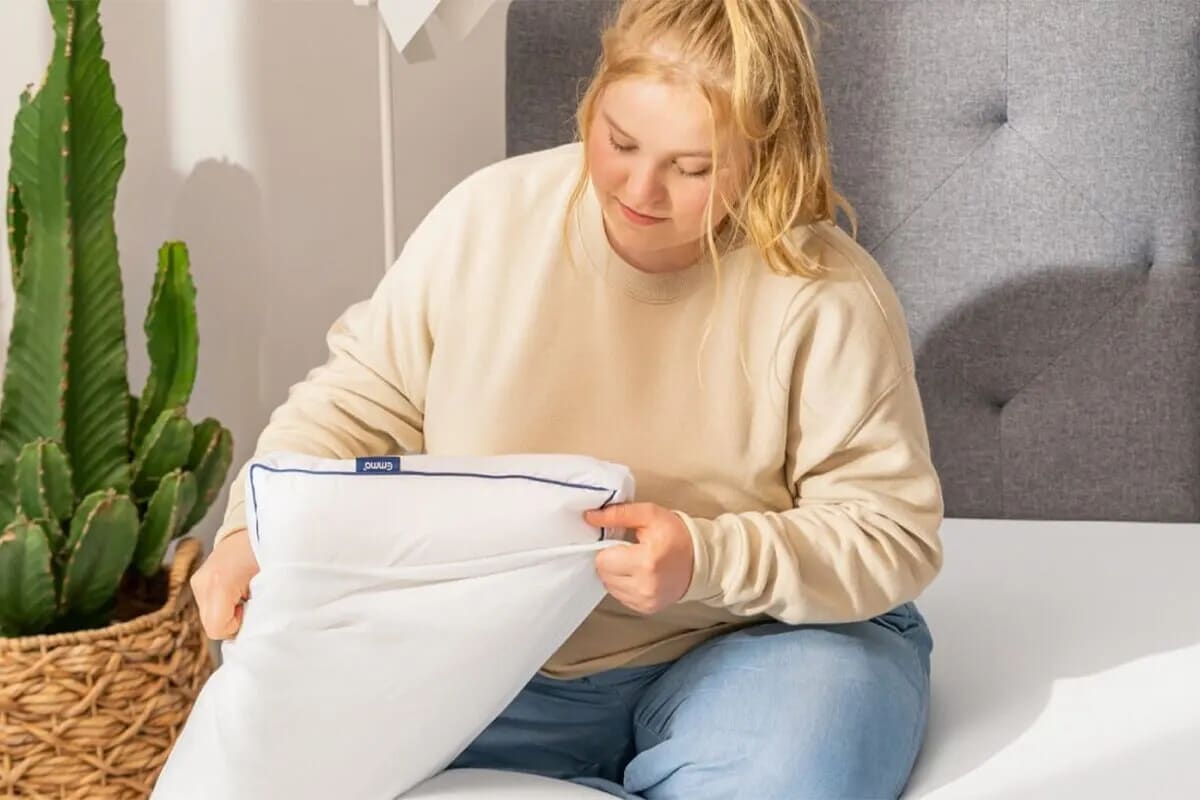
Finding your perfect pillow
Readjusting the number of pillows you sleep with, and finding the right pillow type to sleep on might be just one of the steps you can take to find your ideal sleeping situation, but it’s a very important one!
However, if you’ve changed your pillow out but you’re finding that you’re still not sleeping great, then it might be time to think about buying a new mattress and other bedding. With free next day delivery to most locations and the best prices on the market, browse our range today to find your perfect sleep set-up.
